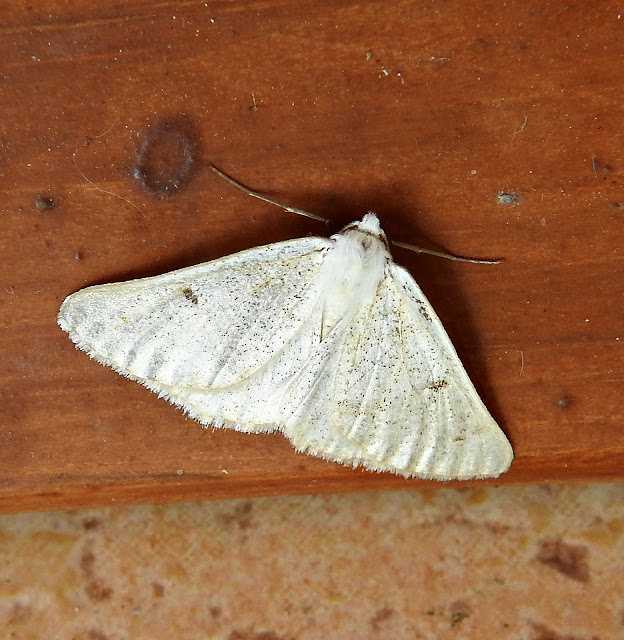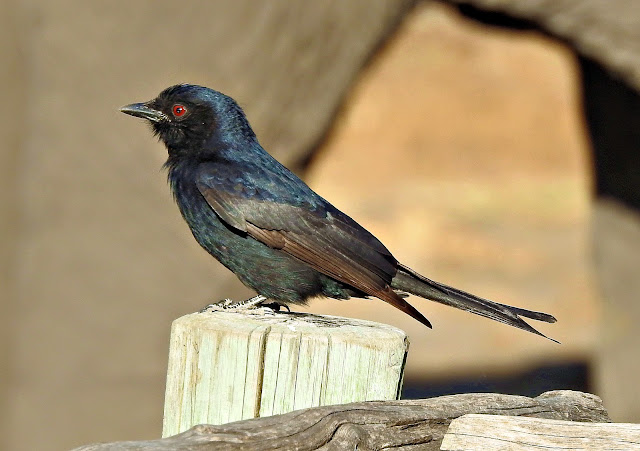This Blog contains Wildlife, Plants and Bird Photos from Walks, Safaris, Birding Trips and Vacations. Most of the pictures have been taken with my Nikon P900 and P950X cameras. Just click on any image for a larger picture. On the right column under the Blog Archive are the entries by date. Below that under Animal categories all the diffent species of Animals, Birds, Insects and Plants contained in the website are listed. Clicking on any entry will show all the entries for that species.
TOTAL PAGEVIEWS
TRANSLATE
Thursday, 20 January 2022
Wednesday, 19 January 2022
Tuesday, 18 January 2022
Sunday, 16 January 2022
Saturday, 15 January 2022
15-4-1991 PANAMA, CENTRAL AMERICA - BLUE FOOTED BOOBY
The blue-footed booby (Sula nebouxii) is a marine bird native to subtropical and tropical regions of the eastern Pacific Ocean. It is one of six species of the genus Sula – known as boobies. It is easily recognizable by its distinctive bright blue feet, which is a sexually selected trait and a product of their diet. Males display their feet in an elaborate mating ritual by lifting them up and down while strutting before the female. The female is slightly larger than the male and can measure up to 90 cm (35 in) long with a wingspan up to 1.5 m (5 ft).
The natural breeding habitats of the blue-footed booby are the tropical and subtropical islands of the Pacific Ocean. It can be found from the Gulf of California south along the western coasts of Central and South America to Peru. About half of all breeding pairs nest on the Galápagos Islands. Its diet mainly consists of fish, which it obtains by diving and sometimes swimming under water in search of its prey. It sometimes hunts alone, but usually hunts in groups.
The blue-footed booby usually lays one to three eggs at a time. The species practices asynchronous hatching, in contrast to many other species whereby incubation begins when the last egg is laid and all chicks hatch together. This results in a growth inequality and size disparity between siblings, leading to facultative siblicide in times of food scarcity. This makes the blue-footed booby an important model for studying parent–offspring conflict and sibling rivalry.
The blue-footed booby is distributed among the continental coasts of the eastern Pacific Ocean from California to the Galápagos Islands south into Peru. It is strictly a marine bird. Its only need for land is to breed and rear young, which it does along the rocky coasts of the eastern Pacific.
A booby may use and defend two or three nesting sites, which consist of bare black lava in small divots in the ground, until they develop a preference for one a few weeks before the eggs are laid. These nests are created as parts of large colonies. While nesting, the female turns to face the sun throughout the day, so the nest is surrounded by excrement.















































